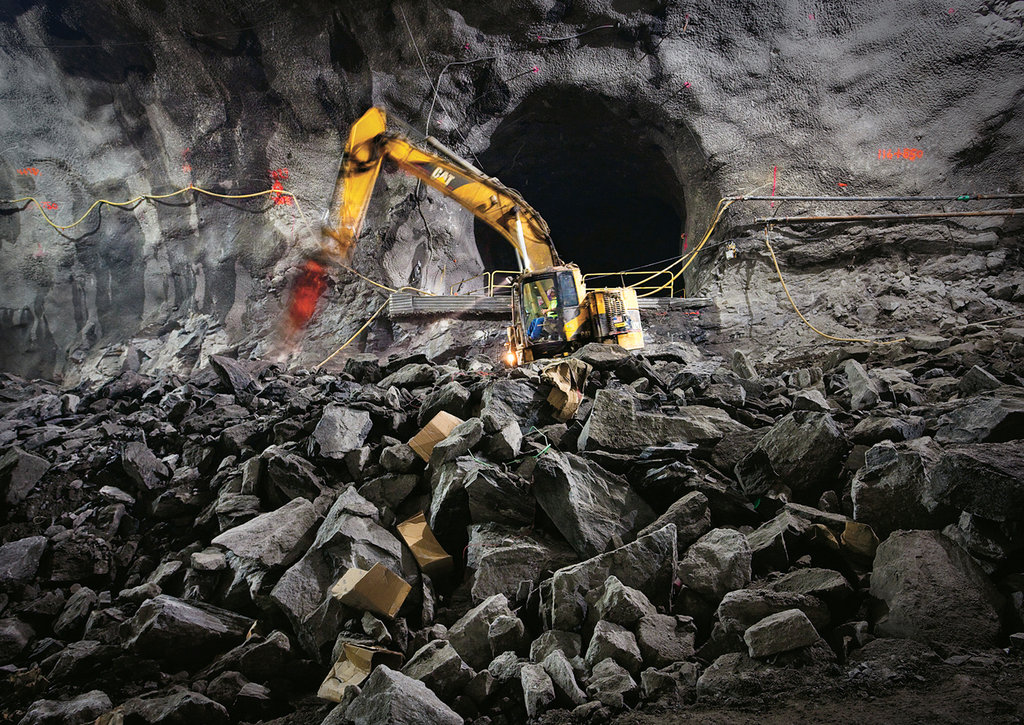I’m still waiting for the Cubs to win a World Series…
Tag: film
The Competition
This trailer is almost too hard to watch, The Competition:
Jean Nouvel, Frank Gehry, Dominique Perrault, Zaha Hadid and Norman Foster are selected to participate in the design of the future National Museum of Art of Andorra, a first in the Pyrenees small country. Norman Foster drops out of the competition after a change in the rules that allow the documentary to happen. Three months of design work go into the making of the different proposals, while, behind doors, a power struggle between the different architects and the client has a profound impact on the level of transparency granted by each office to the resident documentary crew, and which has a definite influence in the material shown in the film.
Amanda Burden: How public spaces make cities work
If you have 18 minutes, you should watch this Amanda Burden: How public spaces make cities work TED Talk:
Amanda Burden is the former director of the New York City Department of City Planning and chair of the City Planning Commission under Mayor Mike Bloomberg. If you ignore the semi-hagiographic retelling of the massive rezoning under Mayor Bloomberg, you can hear some really interesting quotes. Overall her presentation says exactly the right things:
- “How might we create successful, meaningful public spaces”
- “Details make a difference because we are bodies in space.”
- “You can’t fake understanding of the neighborhood.”
- “You have to have faith in plans.”
- “Tap into your humanity, not your expertise.”
The last quote, I take would have to challenge: I agree that you have to tap into your inner humanity, and be person centered in your design. But to not listen to your expertise is to remove an important tool which can help your fellow humanity.
2100°/451° featuring Etsuko Ichikawa
A Moveable Mosque
Deena loses her job and decides to start a daily photo blog with her free time. What results is an intimate glimpse in to a woman’s prayer and the personal struggle connecting with the Divine.
Tunneling Below Second Avenue

The New York Times Magazine has an article about the Tunneling Below Second Avenue:
“Geology defines the way you drive the tunnel,” Mukherjee said. The bedrock below Second Avenue and for much of the rest of Manhattan is schist — a hard, gray black rock shot through with sheets of glittery mica. Some 500 million years ago, Manhattan was a continental coastline that collided with a group of volcanic islands known as the Taconic arc. That crash crumpled layers of mud, sand and lava into schist, lending it an inconsistent structure and complicating tunneling: in some places, the schist holds firmly together, creating self-supporting arches; in others, it’s broken and prone to shattering, forcing workers to reinforce the tunnel as they go to keep it from falling.
The first time New York confronted its bedrock to build a subway, in 1900, the method was “cut and cover”: nearly 8,000 laborers given to gambling, fighting and swearing were hired to pickax and dynamite their way through streets and utility lines for two miles. Their efforts were quick — they finished in four years — but their blasts smashed windows and terrorized carriage horses. Tunnels collapsed, killing workers and swallowing storefronts.
Accompanying the article is a short movie directed by Jacob Krupnick of Girl Walk // All Day fame. The video is quite good, and is a step up from the usual NY Times shorts. Go on, and have a view.
$13,238.86 left in a NYC taxi
I gave him $500. It’s a lot more than I could afford, but a lot less than he deserved.
Quiet Kerala
Here is a short from my weekend in Kerala shot with my Fuji X100. The Kerala Backwaters are so different from Bombay it is shocking – not only is it green, but the lack of auto rickshaws and other vehicles honking give the country a relaxing and soothing tone.
Manhattan Memorious
Before a city becomes a thing of steel, concrete and glass it is a theater of visions in conflict.
As a city ages, the visions do not die but come up against the physical and ideological resistance of the place and its people. The city we see today is the direct result of radical visions, gradually changing the way the future is realized. This is an account of a Manhattan that could have been – might have been. A phantasmagorical Manhattan where the visionary meets the everyday – the absurd and the sublime. The island as we know it is but a pale reflection of a city designed by visionaries – a city of mad, incongruous utopias.

